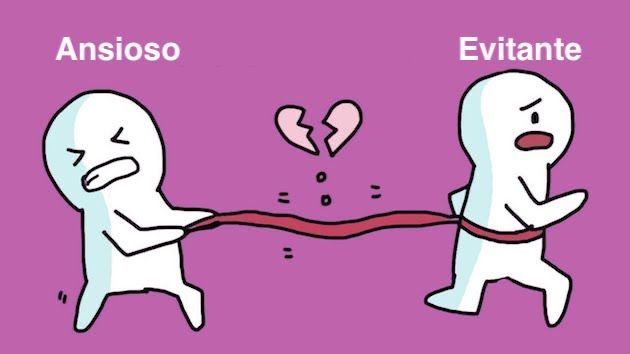Understanding Fearful-Avoidant Attachment: When the Need for Connection Meets the Fear of Intimacy

Attachment theory, first introduced by British psychoanalyst John Bowlby and later expanded through the research of psychologist Mary Ainsworth, offers powerful insights into how our earliest relationships shape the way we connect with others throughout life. According to this theory, the emotional bonds we form with our primary caregivers in childhood lay the groundwork for our relational patterns in adulthood—how we give and receive love, handle conflict, or seek comfort.
One particularly complex style within this framework is known as fearful-avoidant attachment, sometimes referred to as disorganized attachment. This style can feel like a paradox: people with a fearful-avoidant attachment deeply yearn for close, meaningful relationships, yet at the same time, they are afraid of getting too close. The result is an emotional push and pull that can leave them—and those around them—confused and distressed.
Where It Begins: Inconsistent or Traumatic Early Experiences
Fearful-avoidant attachment often originates in early environments where caregiving was unpredictable, neglectful, or traumatic. A child who experiences both comfort and fear from their caregiver may grow up without a consistent model for safe connection. In some cases, the caregiver was the source of fear—perhaps due to abuse, emotional unavailability, or chaotic behavior. As a result, the child learns to be hypervigilant, uncertain whether closeness will bring warmth or pain.
Over time, this internal conflict becomes embedded in their relational blueprint. They may crave intimacy but struggle to trust it. They might open up emotionally one moment and withdraw the next. The fear of rejection or being hurt again can override their longing for connection, leading to behaviors that seem contradictory—clinginess followed by emotional distance, or affection mixed with mistrust.
How It Shows Up in Adulthood
In adult relationships, individuals with fearful-avoidant attachment may:
- Have a deep-seated fear of abandonment while simultaneously pushing people away.
- Struggle to express their emotional needs clearly or consistently.
- Find it hard to trust even well-intentioned partners.
- Experience heightened anxiety in close relationships but also discomfort with vulnerability.
- Often feel emotionally overwhelmed and unsure of how to handle intimacy.
These patterns aren’t signs of weakness or dysfunction—they are adaptive strategies born from earlier environments where emotional safety wasn’t guaranteed. Recognizing this is a critical first step toward self-awareness and healing.
Moving Toward Secure Attachment
The good news is that attachment styles are not fixed. With conscious effort, support, and often the help of therapy, individuals with fearful-avoidant attachment can learn new ways of relating. Building emotional awareness, developing healthy boundaries, and slowly practicing vulnerability in safe relationships can begin to rewire old patterns.
Attachment theory doesn’t just explain the “why” behind our behavior—it also points toward growth. Understanding your attachment style isn’t about labeling yourself; it’s about making sense of your story and finding paths to deeper, more fulfilling relationships.



Comments (0)